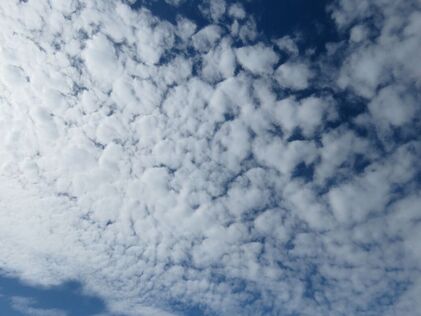 Cleaner air, quieter skies in spring 2020
Cleaner air, quieter skies in spring 2020 Home from Smardale, Shelley wrote of the butterflies and flowers they’d found.
'I think we are all appreciating wildlife so much more.' --------
'Have you spotted anything new? Although, it’s interesting to follow the progress of birds and their chicks, blackbirds and thrushes with their young are giving me such pleasure in my garden.'
During lockdown, with so many activities out of reach or cancelled, we’ve taken daily walks in our locality, exploring, making discoveries. Each time I set out for Scout Scar I have in my head the pattern of what I might expect as spring and summer progress. My photographic archive reminds me what I’ve found. when and where, for over twenty years. But season and weather interact. They're dynamic so each season is the same and never the same. With Climate Change and species loss it's a changing picture.
Like Shelley, I have pleasure in watching progress, observing behaviour. And trying to work out what I’m seeing, to understand it. I’ve seen the green hairstreak butterfly before but this is the first time I’ve sat on a sunny bank sheltered from a strong wind, devoted to watching a flutter of brown wings settle on a violet and show like a green leaf. Having a cache of images from successive days of observation, I’ve spent hours and hours with my green hairstreak. Then, on Springwatch, Chris Packham and Megan McCubbin tell how butterflies angle their wings toward the sun to regulate temperature. I’ve watched butterflies do this but the science is new.
Finding things for oneself is special. The year I learnt redstart song I discovered territories all over Scout Scar and Helsington Barrows. This spring, I’ve spent hours watching my redstart singing from his chosen perches, and introducing him to friends. I learn his behaviour but there’s still so much I don’t know and I like the challenge. There’s a redstart territory I’ve studied for a decade and this spring he's no longer there. What has happened? Redstart can be found singing the last week in April, first week in May. Always. But when do they arrive? When skylark make their local migration, coastal lowlands to uplands, they do not soar in song immediately but spend days on short flights, with tentative bursts of song. The part of the brain that is song has to regrow. Is it the same with redstart? Think of the energy needed for this small bird on its spring migration from Africa. And the energy of song throughout daylight hours. It's the song that alerts me to their arrival. Do they spend a quiet interlude in recovery, after a long-haul flight?
As for the cuckoo, I had an exciting fortnight when I heard him and found him most days, sharing news of him. Then he fell silent. Did he find a mate and is there a juvenile cuckoo in the thorny bushes of Scout Scar? Only twice in my life have I found a juvenile cuckoo with meadow pipit foster-parent. It’s the most thrilling discovery. And in July and August I’m always listening for their food-begging call.
So, Shelley. Thank you for sharing your discoveries this spring, as you explore the countryside about your new home.
Natural History is our heritage, let’s share it and pass it on. With thanks to all with whom I share the Scout Scar experience this memorable spring and summer.
Here is the unedited original
To the letters editor
Springwatch 2020 is inspirational. The tone is positive, the focus is on the benefits for wildlife and the environment of our staying close to home as lockdown requires. There’s a vision of a greener future, if we build on the good that comes from these troubled times: cleaner air, quieter skies, thriving wildlife.
The four presenters report from their local areas, which they know intimately and over time. Iolo William’s shared with us the intricate and secret nests of the long-tailed tits, and the wren close to his home. It’s thrilling to find such things for ourselves, locally, where we can follow the creatures’ progress through the breeding season. Opportunities now open for many of us. When we see tree creepers we can watch Chris Packham’s film and marvel at their nests in a niche of tree-bark.
Gone is cringe-worthy joshing. And the ‘cast of characters’ where wildlife species are christened ready for Disneyland. In Springwatch 2020 we are treated to wonderful photography, a wealth of information, a focus on wildlife, habitat and the critical issue of how we can ensure that lessons of Covid 19 and its benefits can be the basis of a greener agenda in the future.
The Radio Times edited letter
Spring Fresh
I've found Springwatch ( 26th May-12 June BBC 2) inspirational. Gone is the cringe-worthy joshing, the tone is positive, the focus is on the benefits for wildlife and the environment of our staying close to home, as the lockdown has required. There's a vision of a greener future, if we build on the good that has come from these troubled times: cleaner air, quieter skies, thriving wildlife.
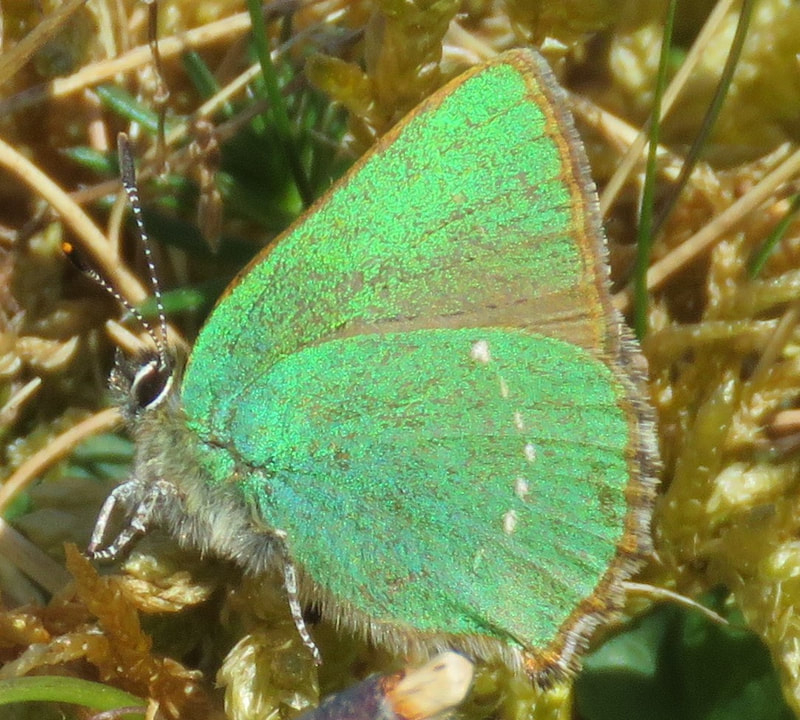
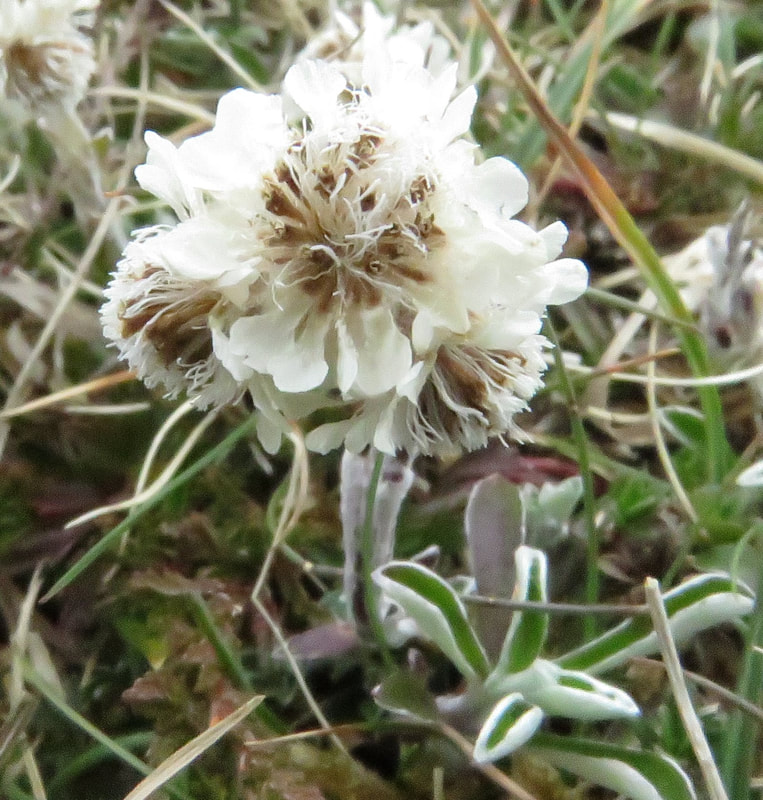
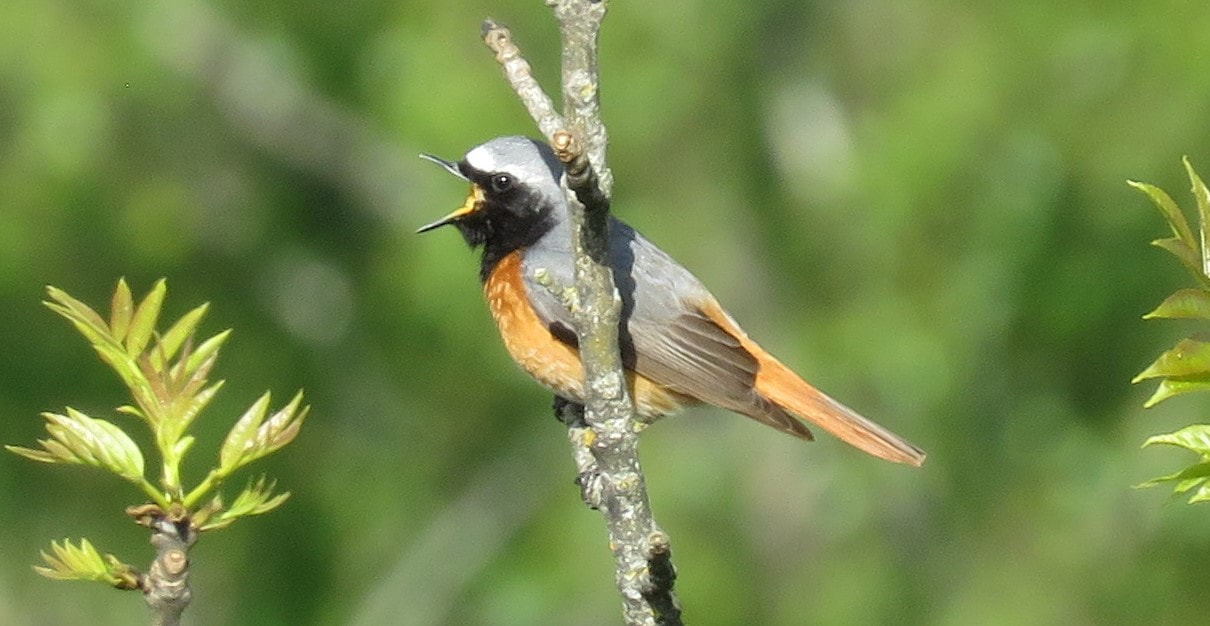
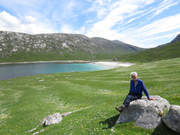
 RSS Feed
RSS Feed